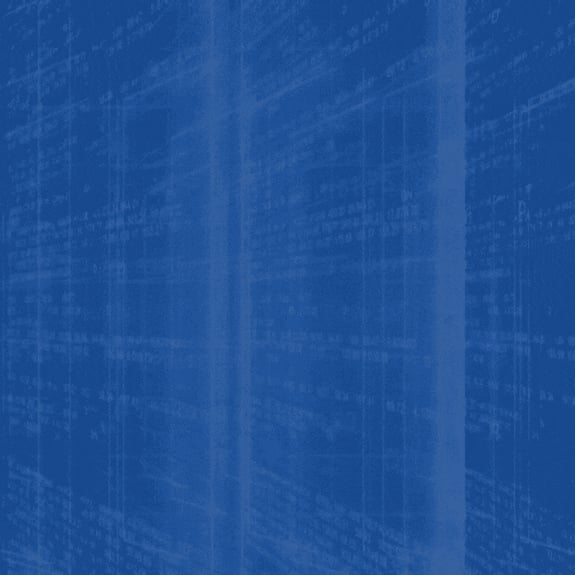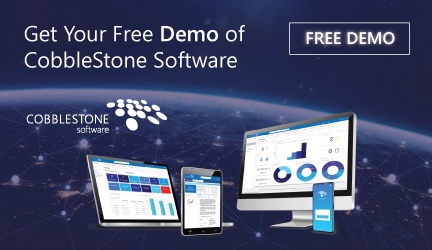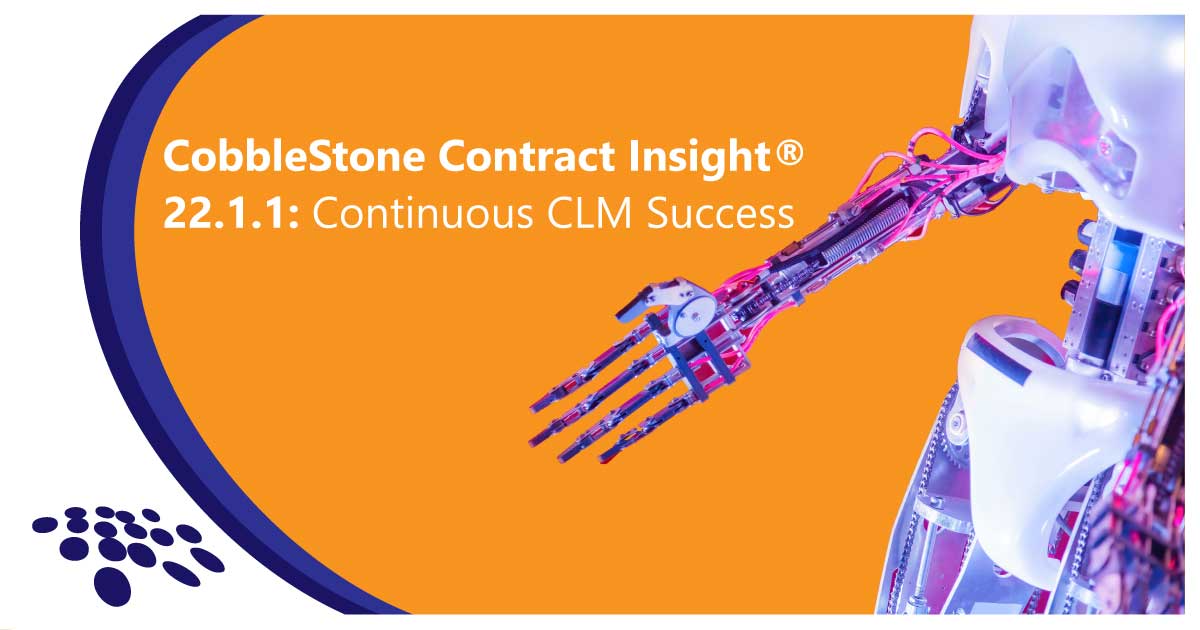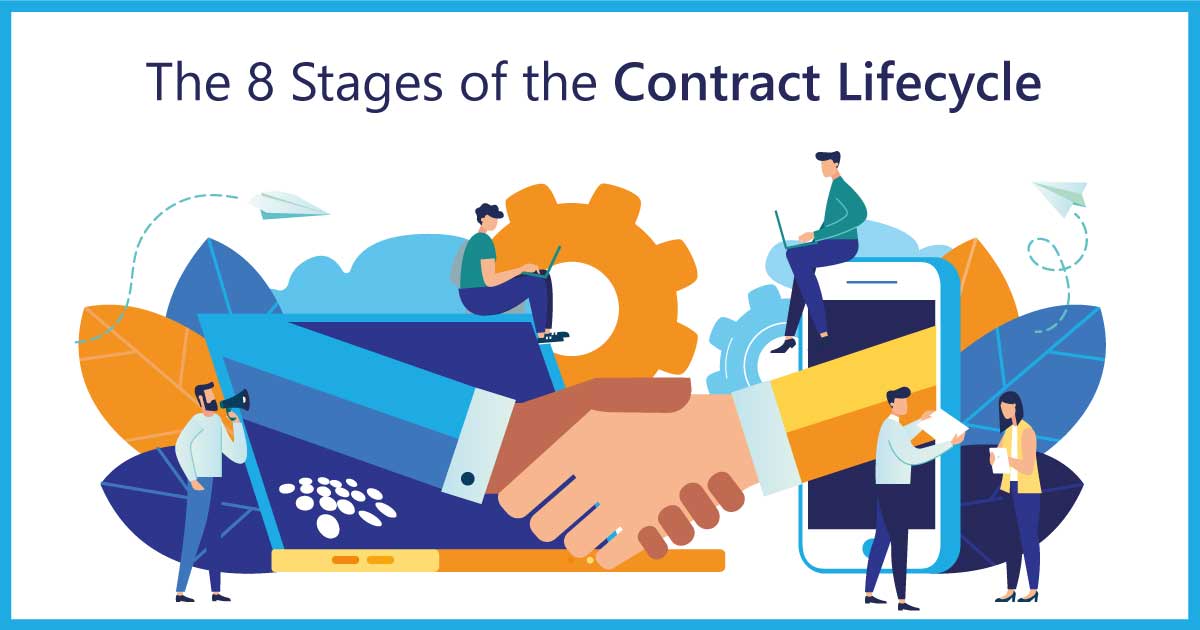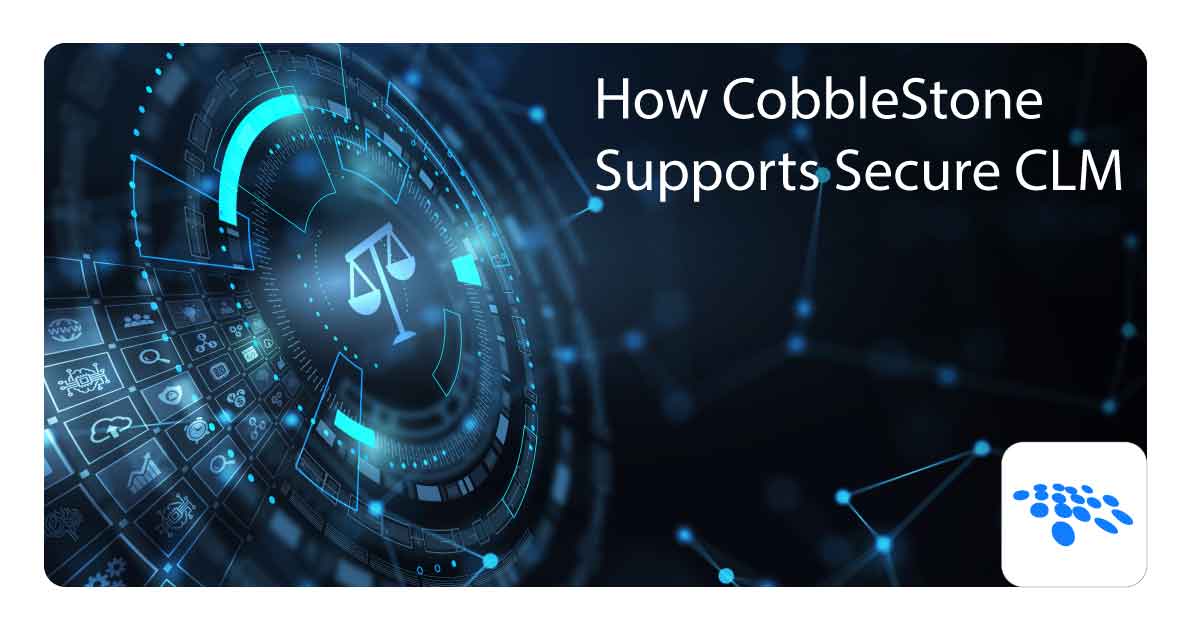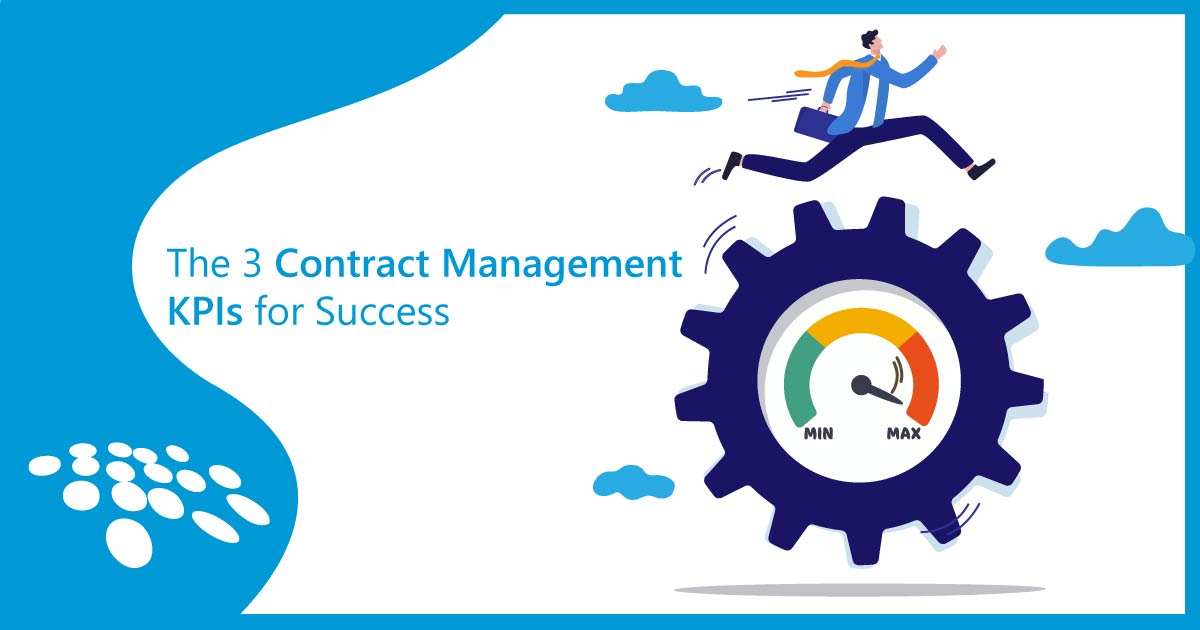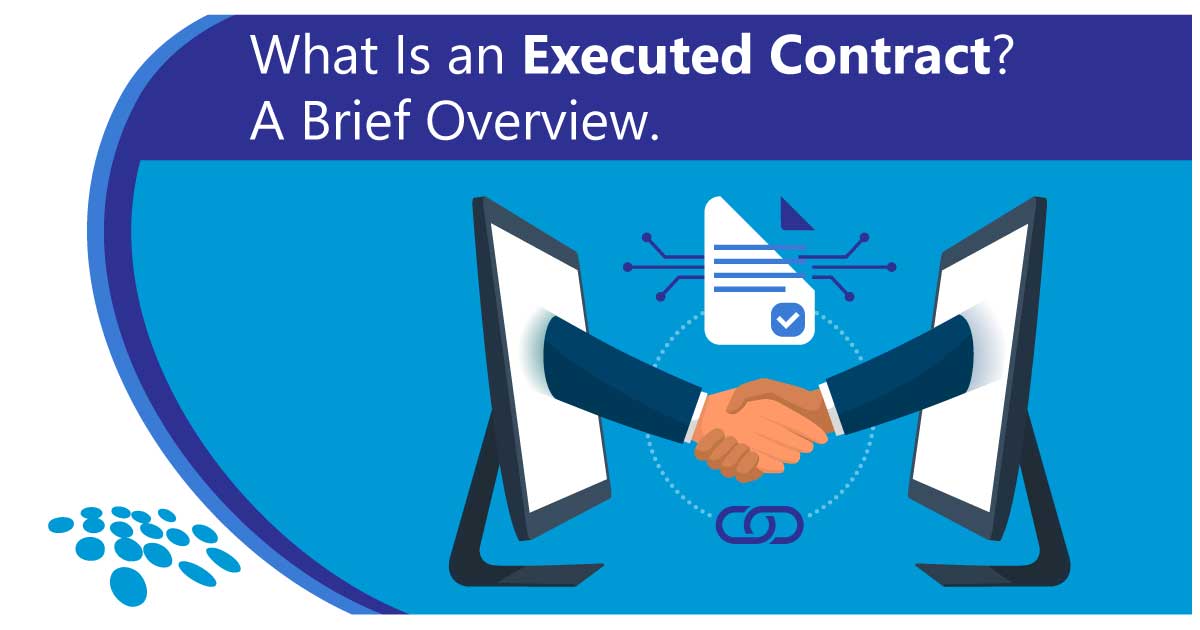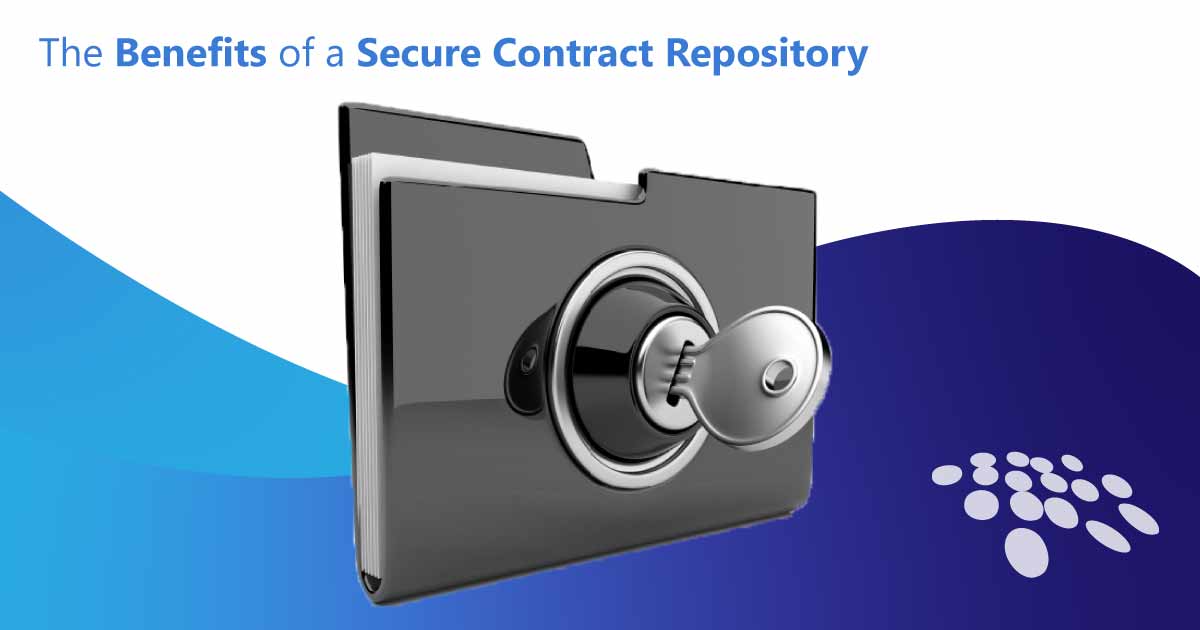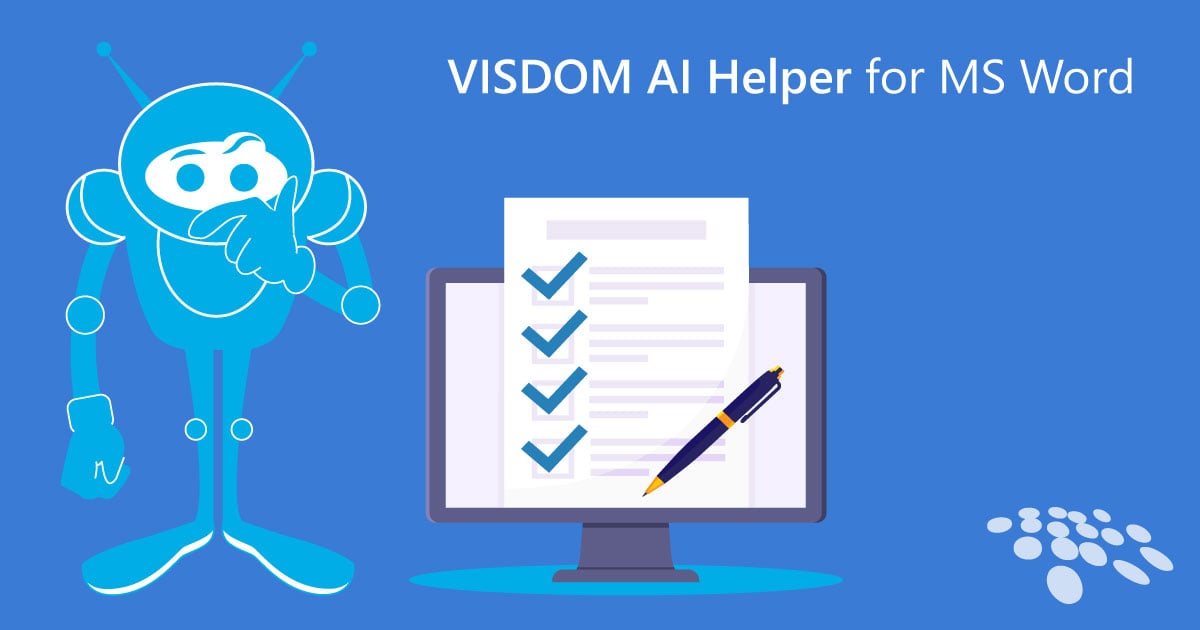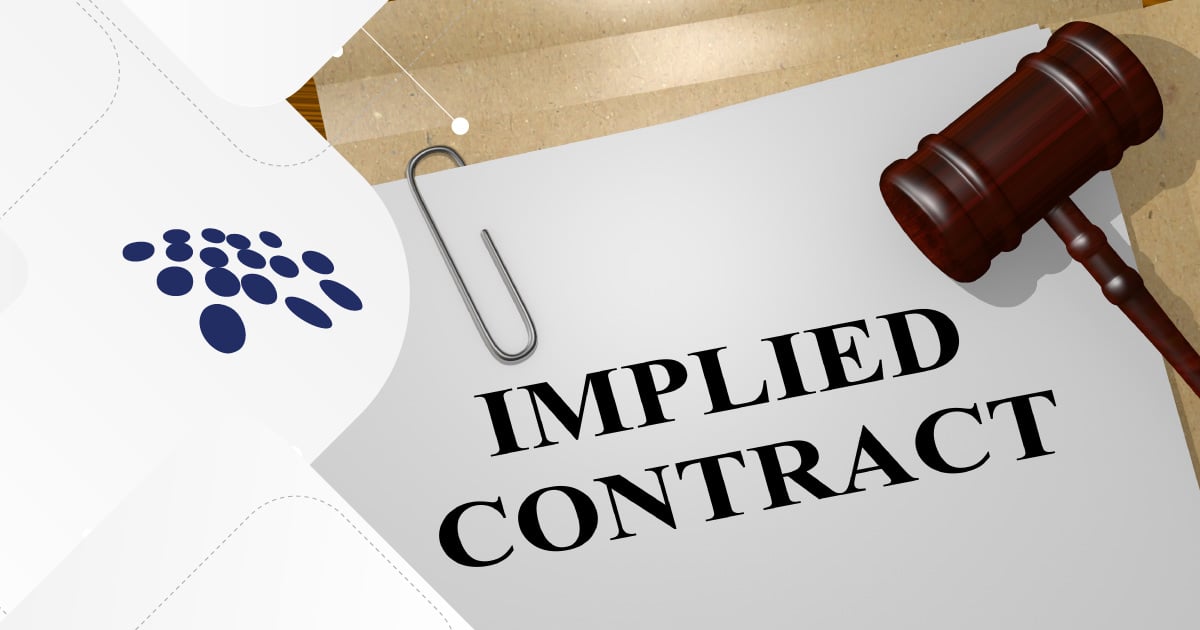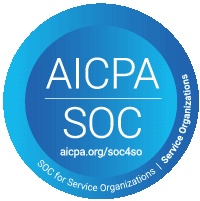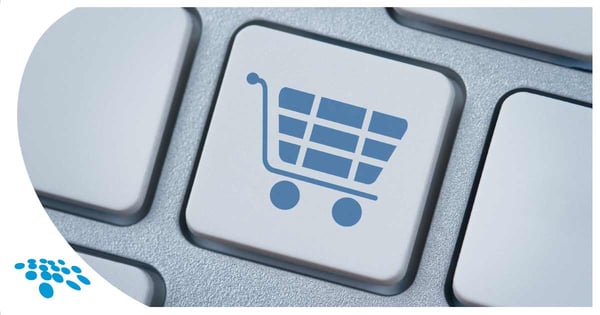
Maintaining efficiency for purchase orders processing is key to organizational health. Whether your team is managing indirect procurement processes or is taking real-time action on inventory management and distribution processes – purchase order management process bottlenecks can result from:
- human error during purchase request processes and budget procedures.
- manual processes for tracking quantities received, inventory assets, and key dates.
- lack of clarity regarding approval status and personnel.
Thankfully, the proper PO management system can help. Let’s take a look into purchasing procedures that can help your organization succeed.
What Is the Purchase Order Process?
The PO process is the flow of tasks associated with direct and indirect procurement. The process roughly consists of the following:
- Request or Purchase Requisition Creation
- Request Approval Process
- Purchase Order Creation
- Vendor/Supplier Response
- Delivery of Goods/Services
- Purchase Order Tracking, Spend Management, & Invoicing
Purchase Order Management: Putting the PO Process Into Action
Purchase order management is the procurement process that helps ensure:
- decreased administrative costs for purchasing processes.
- increased task oversight and accountability of human resources involved.
- improved interdepartmental communication and transparency for purchase orders.
- asset oversight and confidence in vendor/supplier relationships, approval workflows, budgeting, and tracking.
- the timely delivery and receipt of goods/services.
PO Solution Criteria: What To Look for When Seeking PO Software
As they manage purchase orders, organizations need to try and ensure that every purchase order is rational, necessary, achievable, and optimized for cost and budget constraints. Most organizations have a well-established and well-organized purchase order procedure to ensure ideal operations. However, processes can quickly go from optimal to obsolete – necessitating digital transformation for POs.
1. A Centralized Platform: It is preferable that organizations are able to manage requests, spend, approvals, and financials in one place. Additionally, employees and teams should be able to gain increased oversight of spend and decreased operational risk as they digitally transform.
2. Easy PO Search: Organizations manage many different requests, purchase orders, and key dates. As such, teams ought to be able to search for PO data, documents, and statuses. Bonus points if organizations are able to filter searches to quickly locate the information they need for their processes.
3. Employee Permissions Control: Procurement teams and other relevant resources can handle dozens or more purchase orders at a time. If teams are going to make the most of a purchase order management system, they ought to have control over access of certain data, sensitive information, and documents. Be on the lookout for a PO management system that allows you to have control over system access for individuals and groups.
4. A Simplified Catalog Experience: Vendor/supplier purchasing and order management should be simplified for easy catalog creation in the digital age.
The Best of Purchase Order Management Software
As has been discussed, the proper purchase order and asset management software can reduce administrative costs, increase interdepartmental accountability, improve communication and asset management, and help teams scale effectively.
CobbleStone Contract Insight® contract, purchase order, and procurement software can help your organization make better purchasing decisions and successfully oversee the entire PO cycle.
1. Streamline Purchase Orders: Easily request and create purchase orders from pre-approved templates. Track order amounts against contract budgets. Reduce data entry time and consolidate POs with web-based asset tracking.
2. Improve PO Fulfillment: Receive partial purchase orders or one-line items. Easily manage quantities received, assets on purchase orders, information on preventive maintenance, and order creation date in working order. Seamlessly receive purchase orders with virtually the click of a button.
3. Maximize Asset Tracking & Transparency: View PO request details including status, requesting party, line items, and vendors/suppliers. Track locations, shrinkage, and inventory quantities, and replenishment. Track digital assets - such as software licenses. Enjoy flexibility via a user-friendly desktop interface and mobile apps for access from virtually anywhere with a suitable internet connection.
4. Punchouts: Punchout integration makes purchase order requests and fulfillment simple. Choose products from leading suppliers through vendor/supplier web catalogs.
5. Shopping Cart: CobbleStone's shopping cart allows users to create a Shopping Cart Request or Purchase Order. Tedious data entry is a thing of the past with a "Create Catalog" button on contract records. With the click of a button, teams can transfer pricing line items from a contract into an item catalog! Set up is simple - users can include the image URL for supported catalog items.
Quadrant Knowledge Solutions recognizes CobbleStone as a CLM Leader in the Spark MatrixTM Report - and it's clear to see why!
Get started with CobbleStone PO and contract management by booking a free demo today!
Stay up to date on best practices, industry news, and CobbleStone Software updates; subscribe to our blog and YouTube Channel.
*Legal Disclaimer: This article is not legal advice. The content of this article is for general informational and educational purposes only. The information on this website may not present the most up-to-date legal information. Readers should contact their attorneys for legal advice regarding any particular legal matter.


